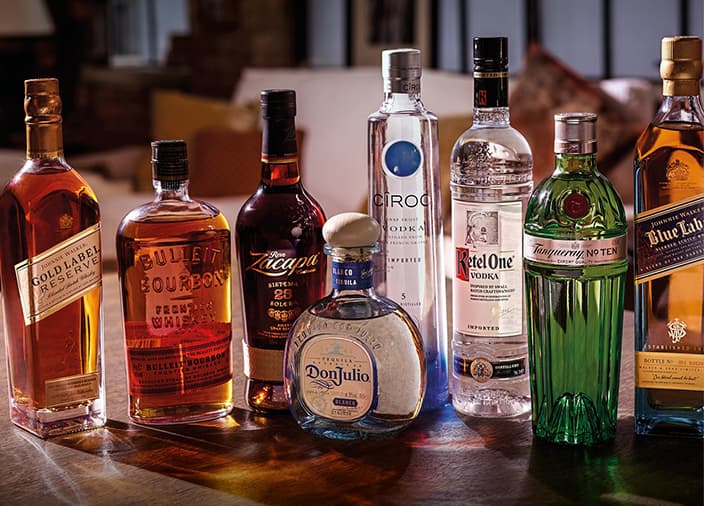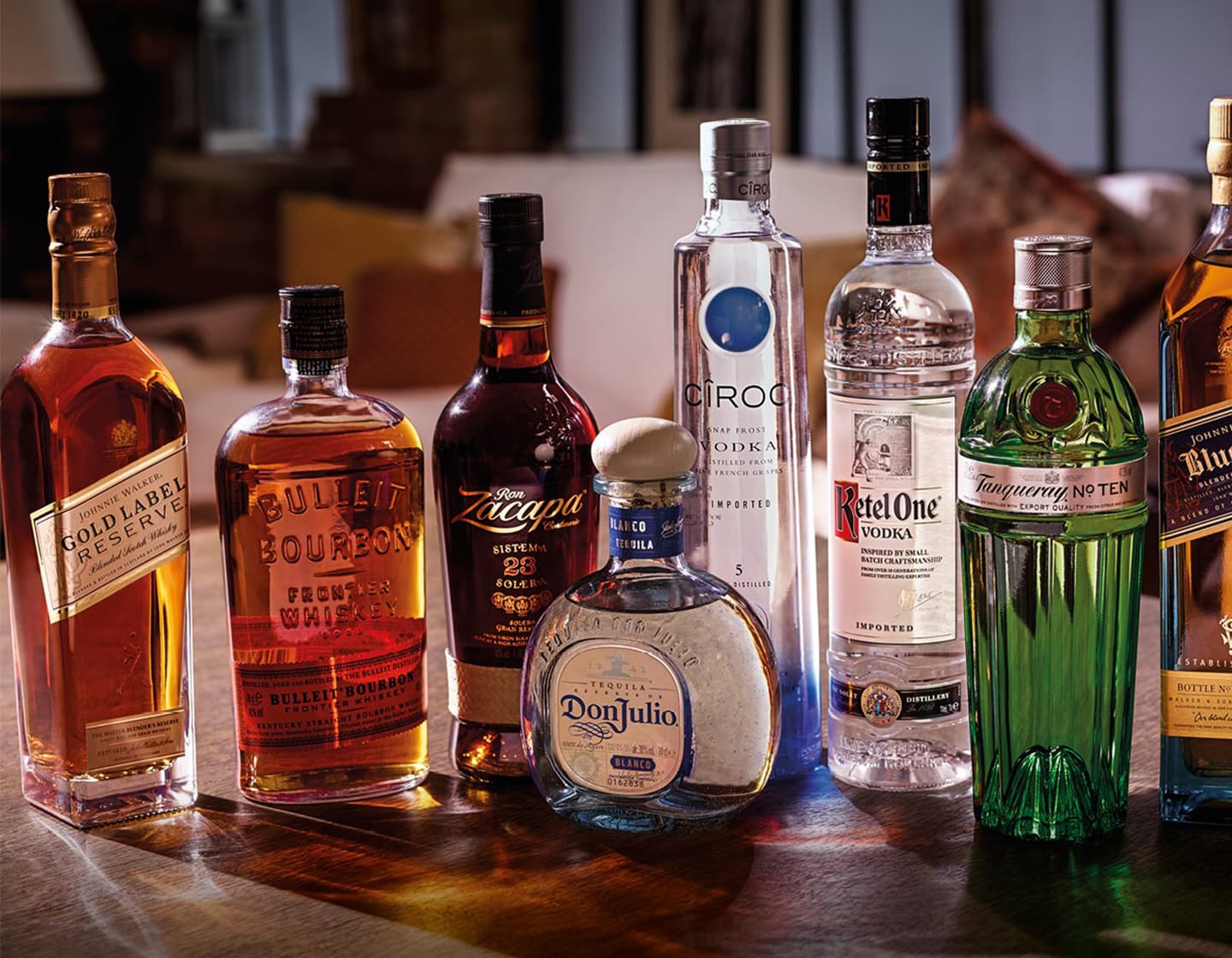Inspirational
How to stock your backbar profitably
Learn how to stock your backbar with the right products to boost the profitability of your venue.
Author: Natalie Ng, owner of Door Knock
Estimated Watch Time: 11 minutes
MAKE YOUR STOCK WORK FOR YOU
As a bar owner, the potential profit of your venue is influenced by the drinks you sell and the products you use to make them. To boost your overall income, you need to be clever in how you manage your backbar stock.
Ordering too many different lines that don't sell can eat into your total revenue and tie up money in your stock, yet getting too little can impact your selling potential. Learn from celebrated bar owner Natalie Ng as you uncover how to get the balance right when managing your backbar stock.
Watch now to learn about the profit margins of certain drinks, how to prioritize specific lines, and the versatility some drinks offer your venue.
BACK BAR ORGANIZATION
Your back bar should both showcase your produce and be easily to get around, so you can find ingredients quickly. When setting up your back bar, consider the following:
Be realistic about the space: Many bartenders and bar managers tend to overlook the limitations of their back bar, cramming in extra bottles and produce, which affects the overall appearance and functionality. Bottles should never be positioned behind one another on the same level and extra space should be left around premium products where possible to showcase them. Designate places for temporary items, such as promotional or seasonal produce, as this will give some flexibility without compromising your bar’s layout.
Organize by spirit: Allocate sections according to the main spirit classifications: Vodka, Rum, Gin, Tequila, Liqueurs, Brandy/Cognac and Whisk(e)y. Premium products should be showcased on a designated “top shelf."" Avoid placing lower-end brands in this area as this will detract from the high-end image. This will not only keep the bar organized and efficient for employees but will also enable customers to quickly and easily identify your products.
Muscle memory: When each product has a set place, you will eventually develop muscle memory, locating bottles instinctively, almost without looking, and improving the speed and accuracy of service. Staff are more likely to follow a layout they helped create, so ask bartenders for their input early on and be sure to alert everyone to the new arrangement. Although time consuming, labeling each section on your back bar is a great way to establish permanence.
Watch Now
Watch as Natalie Ng, owner of minimalist wine and cocktail venue Door Knock, shares her top tips on increasing your backbar's profitability. Discover how to make your stock work better for you.

Range Analysis Resource
Having your bar stocked well and with the right spirits and products for your venue is key to your bar's overall profitability. Download this range analysis worksheet to help you track and maximize your inventory.
Key Takeaways
- Your backbar stock plays a fundamental role in your venue's profitability.
- Learning how to manage your backbar stock can help you save and earn more money.
- Increase backbar potential by focusing on high-margin spirits and reducing your range of products.
